Tackling Britain's 'green xenophobia' over alien plants and animals: Our ecological systems can be helped, not harmed, by incoming flora and fauna
Suffocating super-weeds, killer algae: alien species are often seen as the destroyers of pristine ecosystems. In fact, says the noted science writer Fred Pearce, we benefit from the immigrants’ diversity, and from their environmental contributions
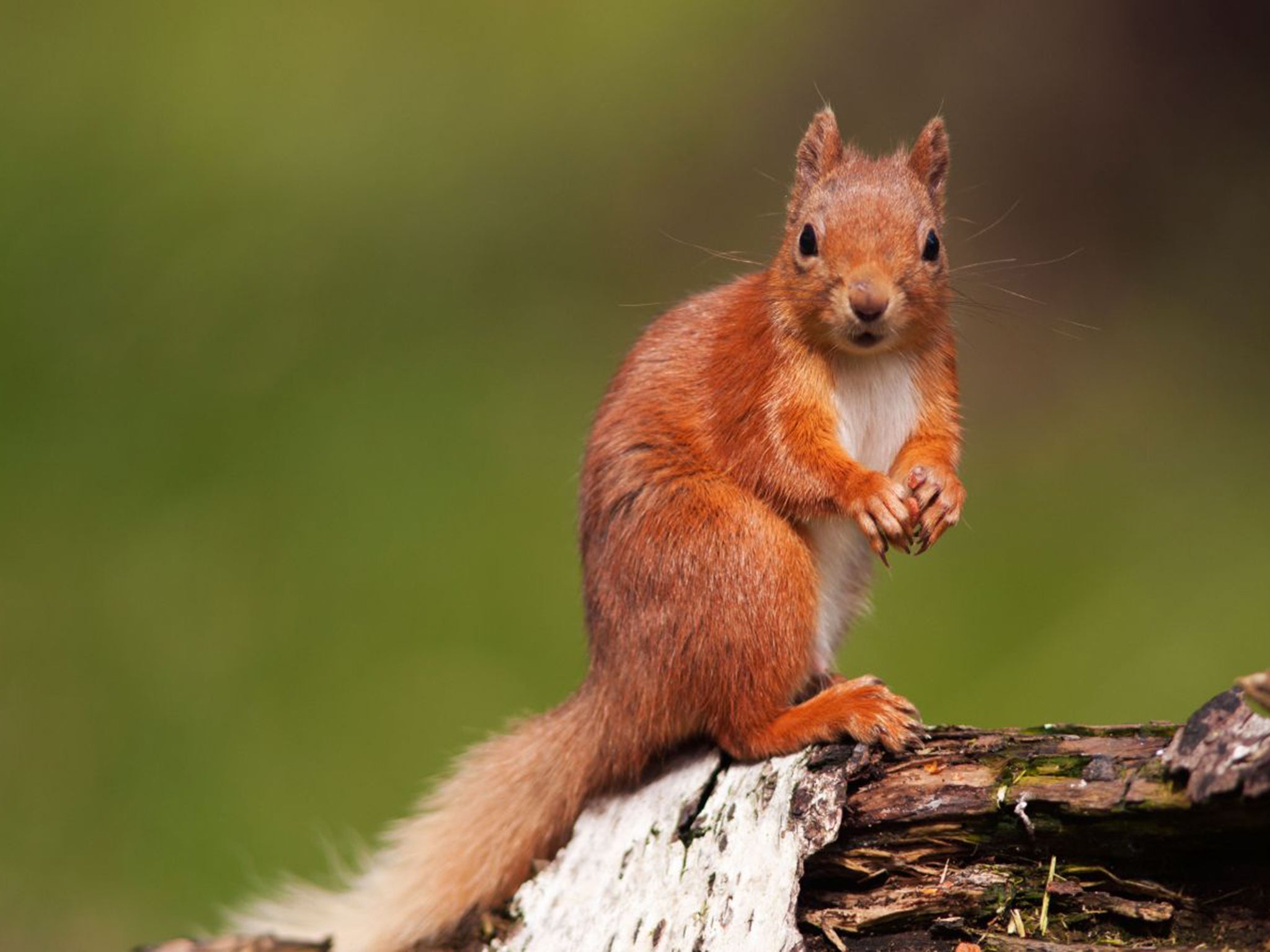
Alien species are taking over nature. Rogue rats are running amok on remote islands, predatory crayfish are cruising English rivers, Japanese knotweed is strangling South Wales, water hyacinth is choking the tropics and snakehead fish are wriggling across America.
It is scary. Our modern world of globalised trade is giving footloose species many more chances to cruise the planet and set up home in distant lands. They are taking those chances – hitchhiking in our hand luggage, hiding in cargo holds or being discharged from ballast tanks. Conservationists believe these biological adventurers are becoming a cancerous growth on native ecosystems. Wildlife managers are making huge efforts to eliminate them, sometimes ripping up whole forests or blanketing islands with poisons in the process.
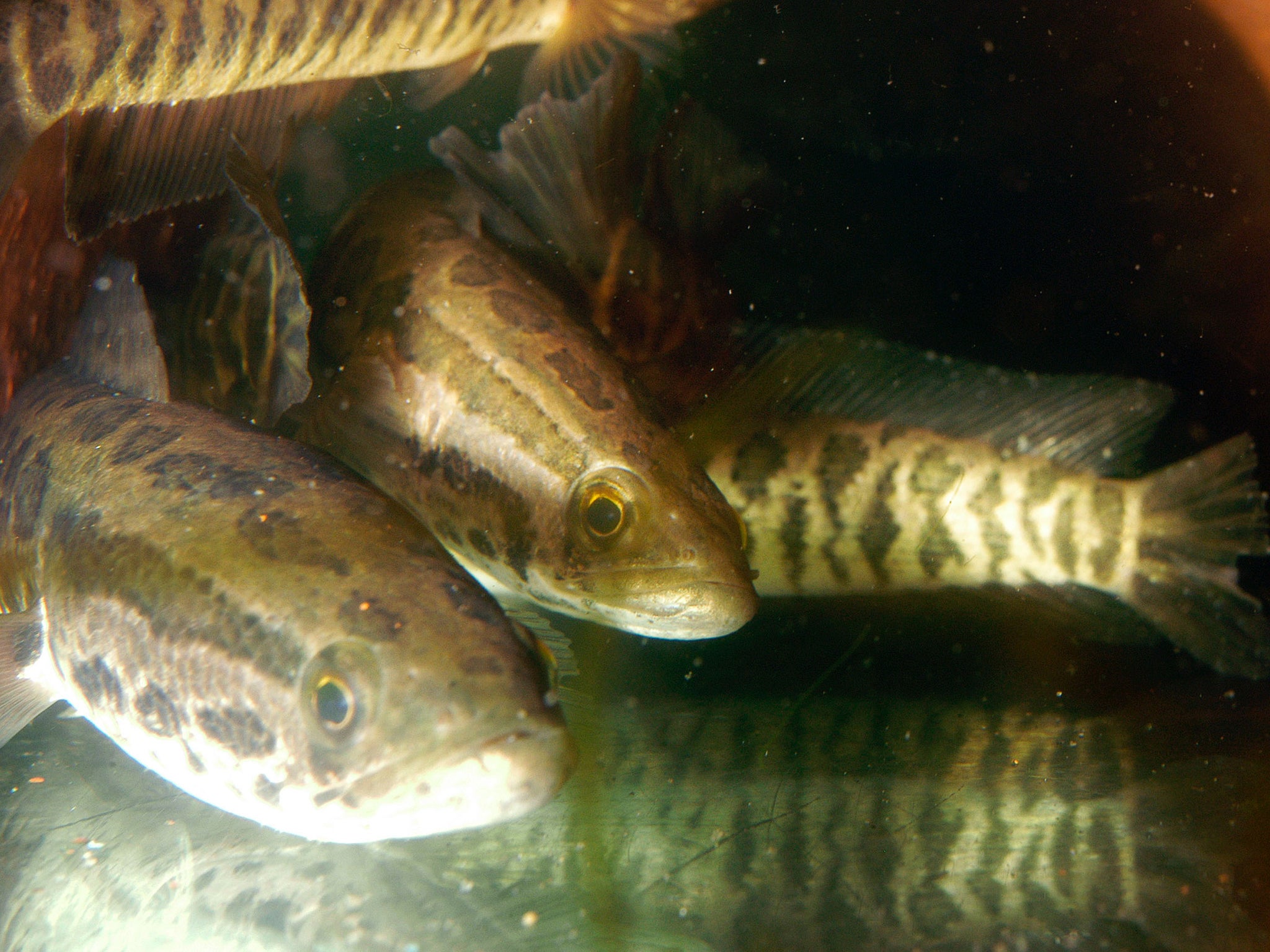
Their concern is understandable. They want to protect native species and the pristine ecosystems they inhabit. And as an environment journalist, I have written my share of stories on that theme. But I have come to believe that we fear the invaders too much; that we are suffering from a bad case of green xenophobia.
After all, most of us don’t treat foreign humans as intrinsically dangerous, even in today’s fear-ridden times. Yet the orthodoxy in conservation is to stigmatise foreign species in just that way: aliens bad, natives good.
Take this press statement from the Environment Agency on the American signal crayfish, an admittedly fairly voracious new arrival in British rivers. The alien crayfish, it says, have “taken advantage of Britain’s welcoming living conditions” and “overstayed their environmental visa”. Their “crimes” include “out-muscling native competition and spreading disease”.
These remarks were no doubt concocted by a press officer eager for tabloid headlines. But they prompted the British National Party to make a rare foray into ecology, calling the signal crayfish “the Mike Tyson of crayfish... a diseased, psychotic, evil, illegal immigrant colonist [that] totally devastates the indigenous environment”.
I think such demonisation of foreign species says more about us than about them. It is such a partial picture. We love the snowdrop and horse chestnut, the rabbit and the edible dormouse – incomers all. And why make a fuss about Japanese knotweed, which may be the scourge of gardeners but is far less of a problem in the countryside than native bracken or ivy? We may have taken against the grey squirrel (which incidentally loves our native broadleaved woodlands, while the native red squirrel is a denizen of foreign conifer plantations); but the real mammalian scourge is the red deer, which is British through and through. It is time for a rethink. I don’t pretend we never have trouble from alien species. But the problems are usually exaggerated. Most of the foreign species that settle in our midst become model eco-citizens – pollinating crops, spreading seeds, controlling predators and providing food and habitat for native species.
And those that do become troublesome typically occur in ecosystems we have already trashed and left wide open to incomers. In fact, the aliens with their colonising powers often become the key to setting nature on a path to recovery. Part of the solution, rather than part of the problem.
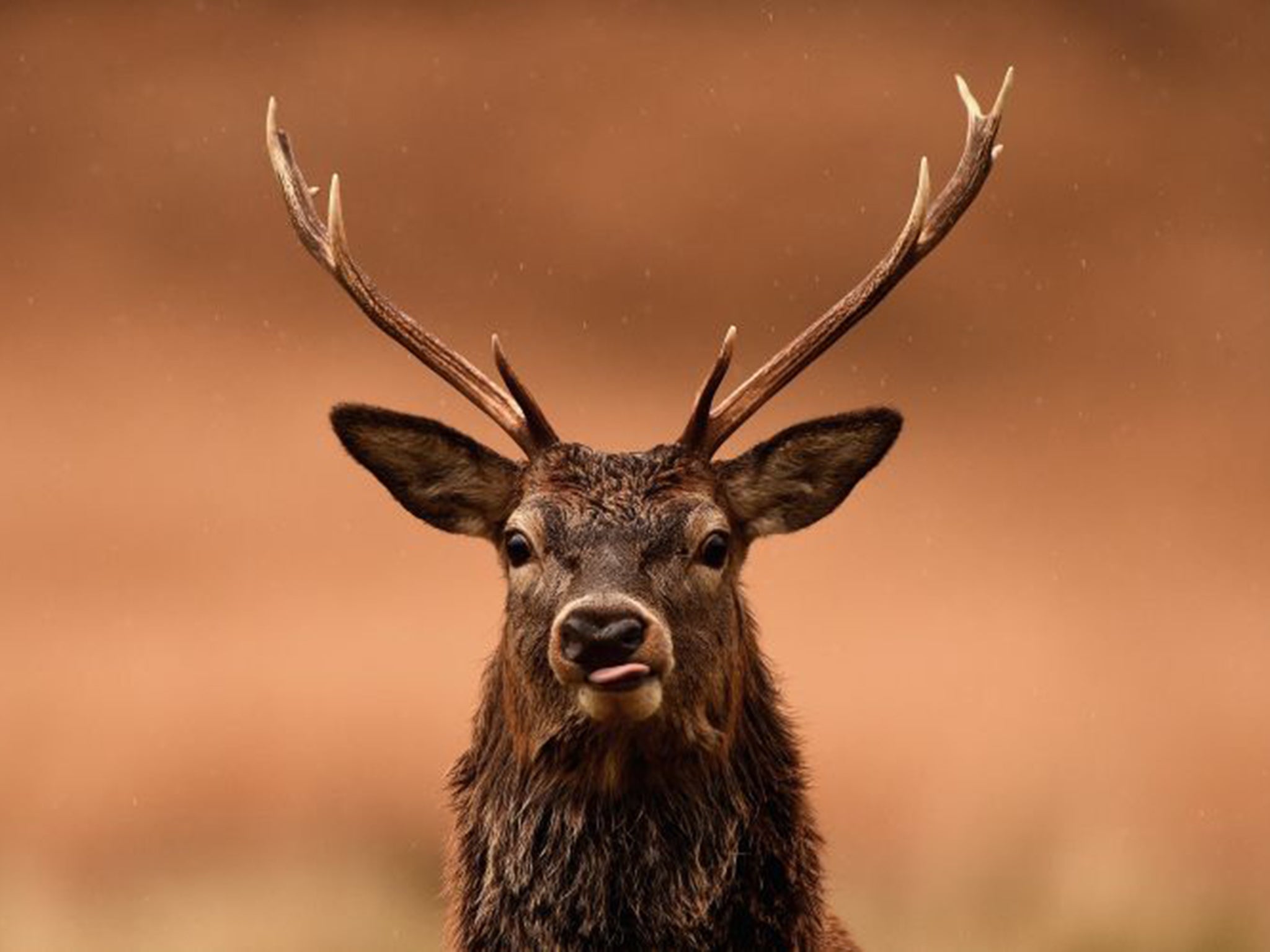
Take the zebra mussel, a native of the Caspian Sea released from ship ballast water into the American Great Lakes a few decades back. They now number in their trillions. But they hardly invaded a pristine ecosystem. In fact before they showed up, Lake Erie was almost dead, one of the most polluted places on the planet.
That’s why the zebra mussels did so well. Unlike the natives, they enjoyed the gunk and, as prolific filter feeders, they set about cleansing the waters, which are much clearer today, as a result.
Yes, they do clog water intake pipes and cling to jetties and other places. And yes, some marine life has suffered because the mussels eat all the plankton. But light penetrating through the water has revived plants on the lake bed, and many fish – like the previously endangered lake sturgeon and smallmouth bass – have done very well by eating zebra mussels.
Arguably zebra mussels have been a good thing. But I don’t hear environmentalists saying thank you.
When alien species arrive, they do sometimes have big population booms, because they have no natural enemies. But usually this proves short-lived. They run out of food or the natives learn to eat them or otherwise adapt.
Twenty years ago, there was a panic on the French Riviera when Indian Ocean algae called Caulerpa began to blanket the shores. The algae had escaped from the aquariums of Jacques Cousteau’s Monaco Oceanographic Museum. I was among the journalists twhowrote about a “killer algae” that was spreading round the Med, as far as Tunisia and the Adriatic Sea. But I only recently discovered that soon afterwards, the algae began to retreat. They are now virtually gone. Nobody reported that. Not even scientists.
One of the most common charges against alien species is that they cause mass extinctions of native species. That they damage biodiversity. Yet there is no good data for this claim. For instance, Britain’s non-native species secretariat, a government agency, claims on its website that alien species have “contributed to 40 per cent of the animal extinctions… in the last 400 years”.
That is a claim without substance. The agency cites the Convention on Biological Diversity, which in turn references a paper by Princeton ecologist David Wilcove.
But Wilcove told me the message had got garbled along the way. His paper did not justify the claims made for it. He was not talking about actual extinctions, but the much more nebulous idea of an extinction threat. And he was not writing about the world as a whole, but only the US. Look closer and it turns out his 40 per cent figure is largely a result of data from Hawaii. Hawaii is not the world.
In fact, wherever aliens have become important factors in ecosystems, biodiversity has increased. That is true in Hawaii – where additions heavily outnumbered extinctions, – as well as New Zealand, Australia, North America and almost wherever a proper count has been done. Sure, the New World got invaded by no end of Old World species after Europeans arrived. But today, North America has more birds and mammal species than before. Likewise, the UK’s 2,300 additional species have not directly caused any known local extinctions.
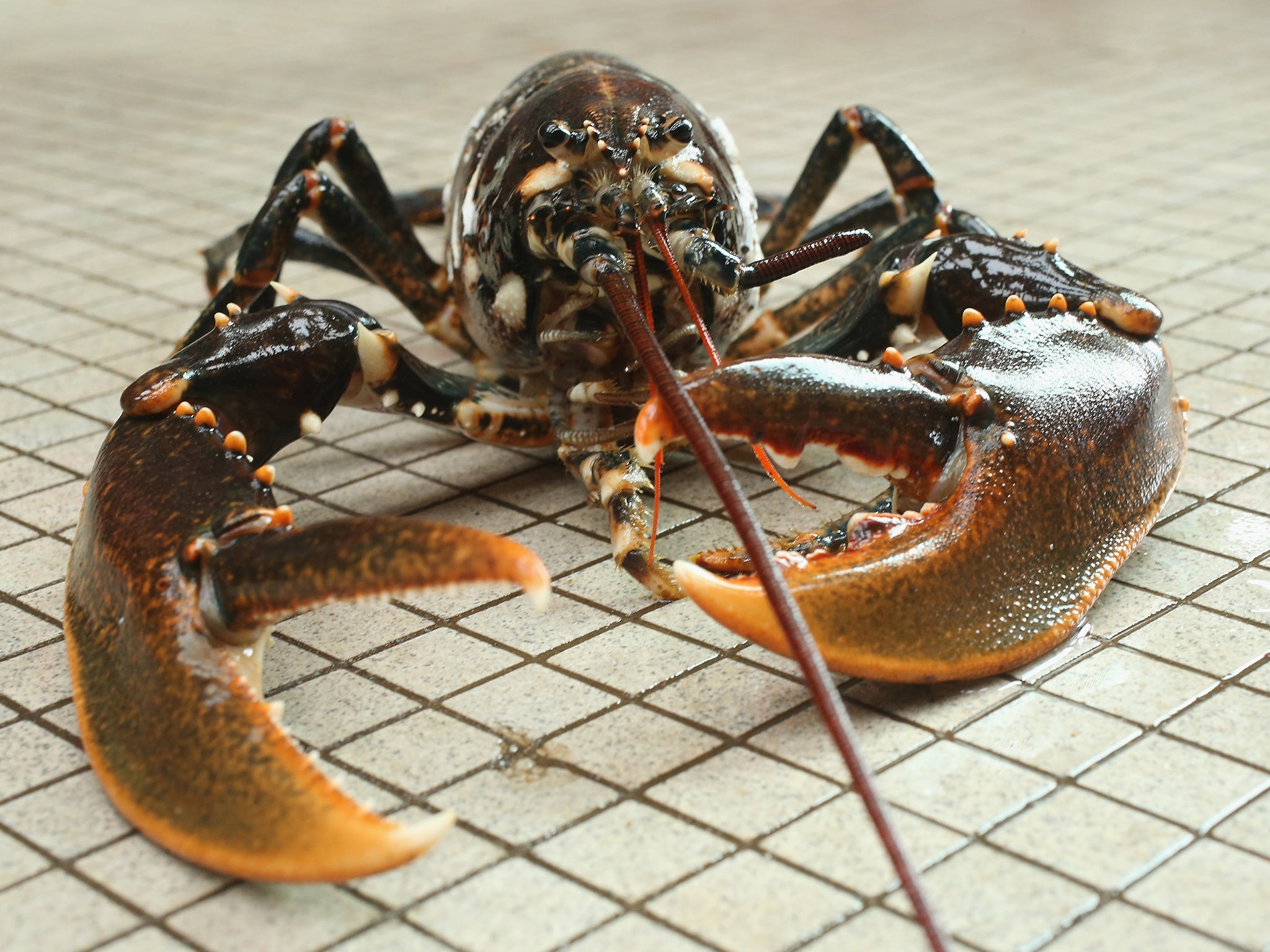
Britain probably has more biodiversity today than ever before. There is a lot of hype and scaremongering about alien species. But my argument is not just – or even mainly – that alien species are rather less nasty than we like to pretend. It is about how they can be, and often are, ecological saviours.
In researching my book, The New Wild, I found numerous places where nature damaged by humans is recovering, thanks to aliens.
One well-documented example is the US-run island of Puerto Rico in the Caribbean. Once forested, it was largely stripped of trees as farming expanded. By the middle of the last century, there was massive soil erosion on the hillsides, and many native species were close to extinction – including the unofficial symbol of the island, the native coqui frog, whose song was once heard in the island’s forests every evening.
Then agricultural commodity prices fell, plantations closed, and industrial development encouraged poor farmers to move to the towns. The island’s fields were widely abandoned, and forests started to return.
But it wasn’t the native trees that began this rewilding, says Ariel Lugo, the local boss of the island’s forestry service. They couldn’t handle the compacted, eroded, sunbaked and infertile soils that the farmers had left behind. Instead, the ecological recovery has been led by an invasion of the abandoned fields by a bunch of ornamental and fruit trees that had been brought in over the years by European colonists: mangoes and grapefruit, avocadoes and, most prominent of all, the African tulip tree.
Environmentalists were horrified. But without the aliens, Lugo says, the island may have remained barren. Not only that, the alien trees provide homes for many birds that are now spreading the seeds of native trees, allowing them to join in the recovery. Among the revived species are the once-endangered native coqui, which is now happily croaking again – but mostly in the African tulip trees.
In places like Puerto Rico, the distinction between native and alien is meaningless. Ecologists talk increasingly of “novel ecosystems”, in which the aliens and natives get on just fine, providing services for each other in myriad ways. Arguably most modern ecosystems are novel in some respects. And by trying to keep the aliens out, we are undermining them.
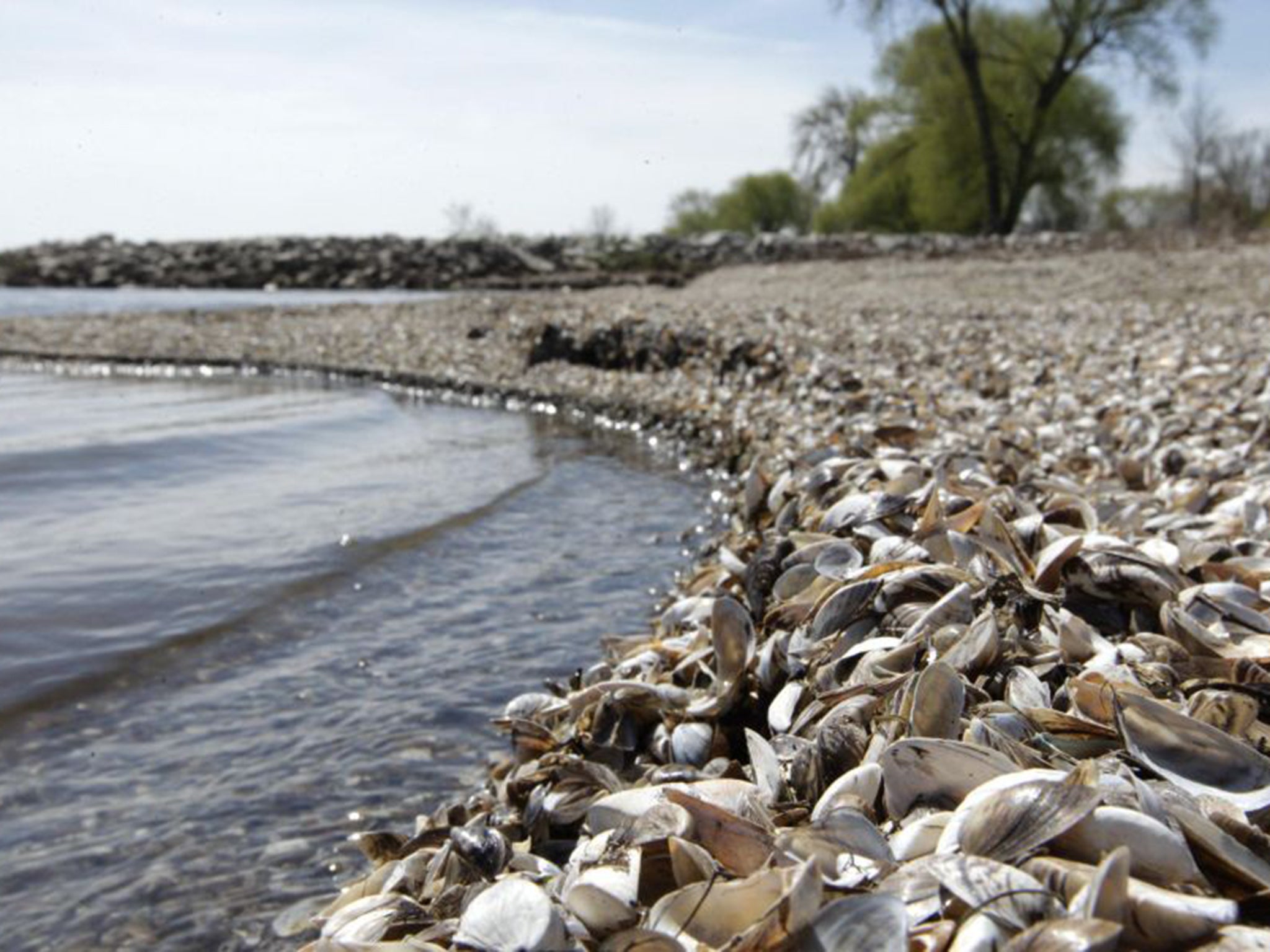
Novel ecosystems are not second-rate. They often have as much biodiversity as supposedly pristine ecosystems. San Francisco Bay is widely regarded as the most invaded bay in the world. Since the Gold Rush, there has been a biological rush of marine species into the bay – stuck to ships’ hulls and oil rigs, carried in ballast tanks and hidden in cargo unloaded at its ports. The bay is now home to Amur clams from Russia, Atlantic green crabs, Black Sea jellyfish, Chinese mitten crabs, Japanese gobies and a sea slug from New Zealand.
Conservationists wonder how the foreigners might be exterminated. But marine biologists say the bay has never had a stable ecosystem or a fixed set of species. It is subject to periodic dramatic spring floods that course down California’s rivers and flush the bay with fresh water. When that happens, the entire ecosystem is rebooted, often with alien species.
And that is why, despite the aliens, the bay is in such rude health. In early 2013, the international Ramsar Convention on wetlands accepted the US government’s designation of San Francisco Bay as of “international importance... a natural wonder and a critical ecological resource”. All those aliens must be doing something right.
Conventional conservation has got some basic assumptions about nature wrong. We traditionally think of life on Earth as being made up of complex and tightly-knit ecosystems like rainforests or coral reefs that are pristine, perfected and stable biological machines, in which every species has evolved to occupy a unique niche. If this is true, then I agree that gaining a disruptive alien could be disastrous.
But a new generation of ecologists says ecosystems are not like that. Even apparently pristine rainforests contain a constantly changing mix of species. As their high priest, US ecologist Daniel Botkin, puts it: “Wherever we seek to find constancy, we discover change. Nature undisturbed is not constant in form, structure or proportion, but changes at every scale of time and space.”
Nature, in other words, is dynamic and makes it up as it goes along. And if ecological stability is an illusion, then so is the idea of a closed club of native species. We should celebrate and nurture the dynamism. And that means embracing aliens.
There is no better example of how nature’s constant efforts to remake itself than our urban wildlife. If you want to find biodiversity in Britain, seek out old chemical factories, former oil refineries, railway sidings and metal mines. They are full of unusual habitats ripe for colonisation. These badlands have one in six of the UK’s rare insects, for instance.
On the Thames estuary, a scrubby mess of salt marsh and meadow at a former power station in West Thurrock has recorded more rare species than any other site in Britain, including 36 different types of bees. It is one of only two known UK sites for the distinguished jumping spider.
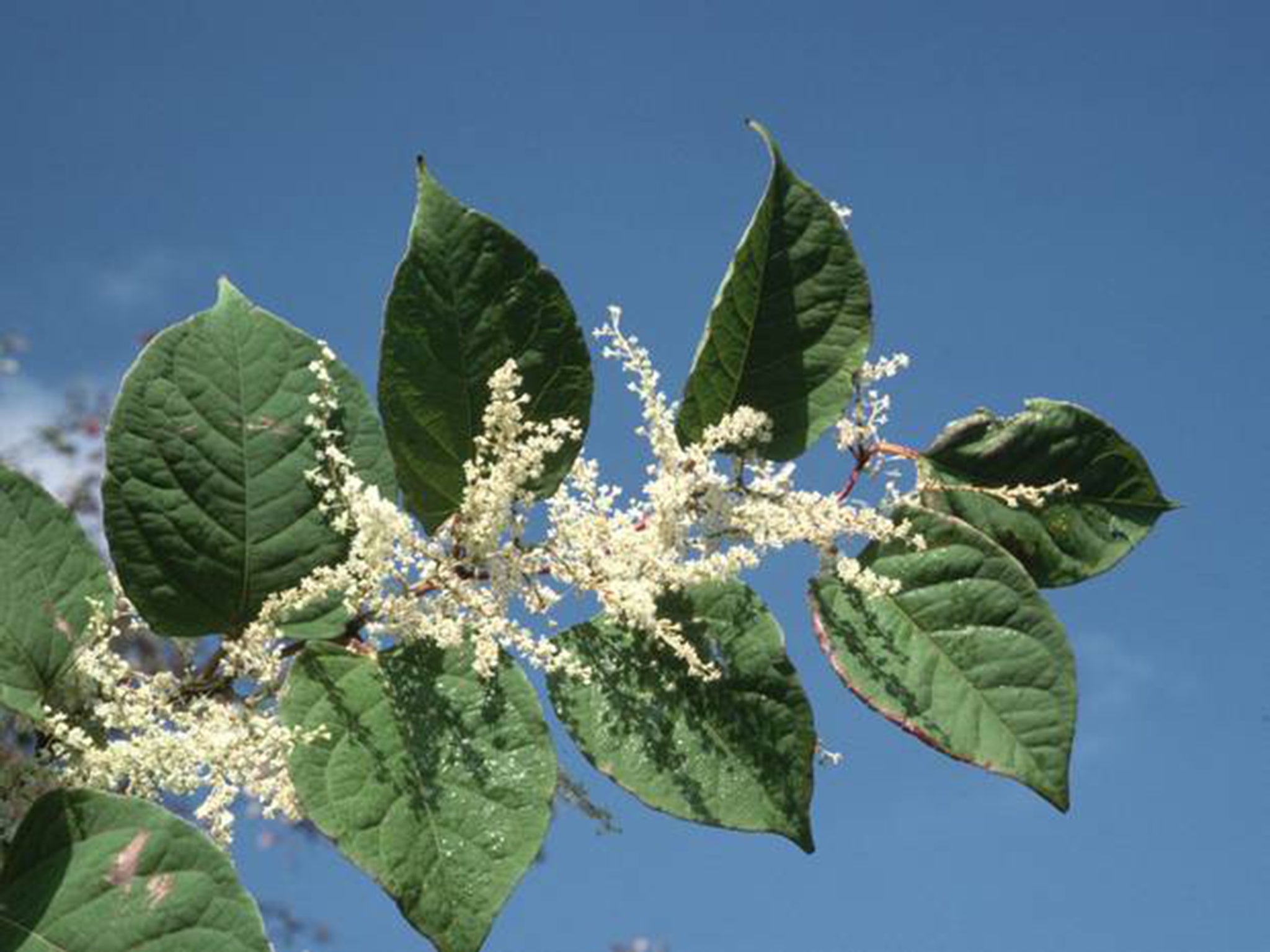
Down the road at Tilbury, an ash heap at another old power station has recorded 656 different invertebrate species, including a dung beetle thought extinct since the 1920s.
There are billions of hectares of abandoned landscapes across the world: logged forests, degraded pastures, poisoned wasteland and places where farmers simply gave up and walked away. They are where a huge amount of surviving nature lives, and where invader species move in, take over, and engineer revival. This is the new wild – the start of nature’s fightback. A fightback in which invader species take centre stage.
Nature’s desperadoes and stowaways bring new skills and adaptive capabilities. They are nature’s best chance of surviving our chainsaws and ploughs, our pollution and climate change.
But to make the most of that, we need to reboot conservation too. Conservationists must stop spending all their time backing loser species – the endangered and reclusive. We must start backing some winners. We must start defending nature where – and how – it really is. And that will often mean embracing alien species. Either that or we will end up destroying nature in the name of conservation.
Of course, alien species may sometimes be a pain in the neck for human society. Where they cause us inconvenience – whether cane toads in Australia, or signal crayfish in English rivers or some new plant disease – we may want to try and halt their spread. There is nothing wrong with that. But we should remember that, when we intervene in that way, we do so to protect our own interests, not those of the natural world.
True environmentalists should rejoice when alien species burst through the paving stones of our cities, or wash up on foreign shores ready to colonise. We should celebrate nature’s powers of recovery. In the Anthropocene – the era we have now entered, in which humans are the planet’s dominant force – the old wild is dead. But long live the new wild.
Fred Pearce is the author of ‘The New Wild: Why Invasive Species Will Be Nature’s Salvation’ (Icon Books)
Join our commenting forum
Join thought-provoking conversations, follow other Independent readers and see their replies
Comments